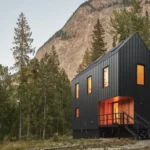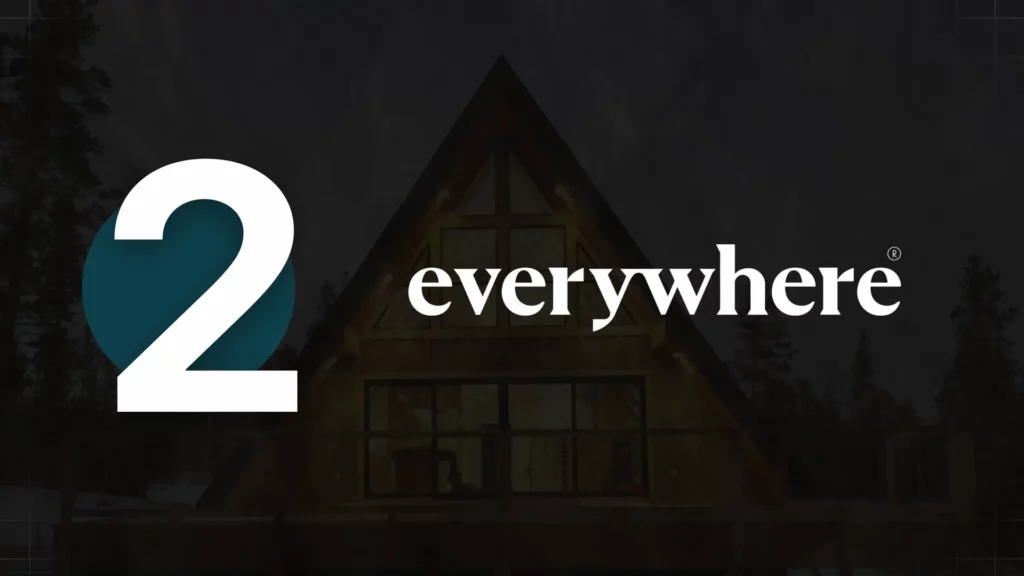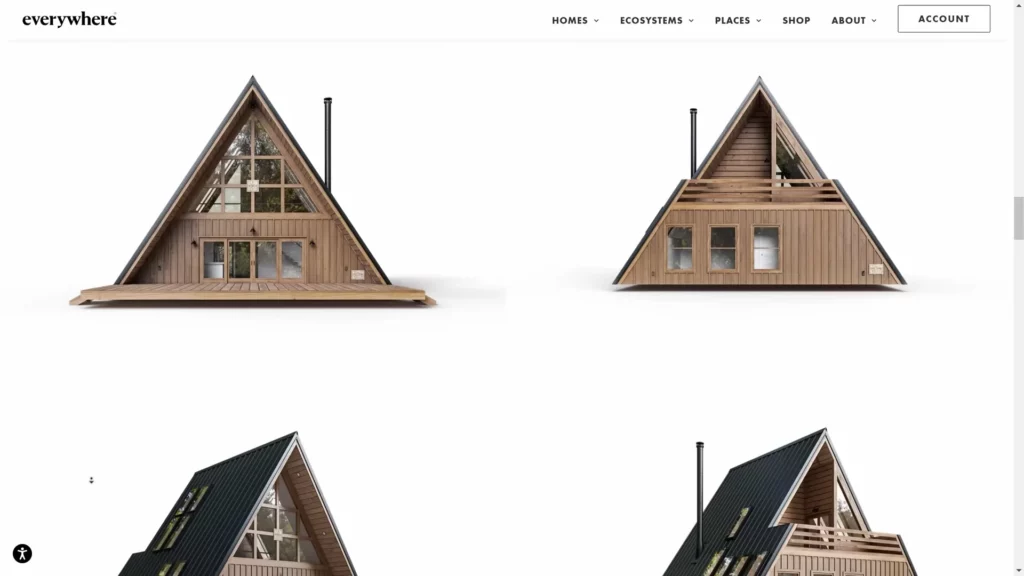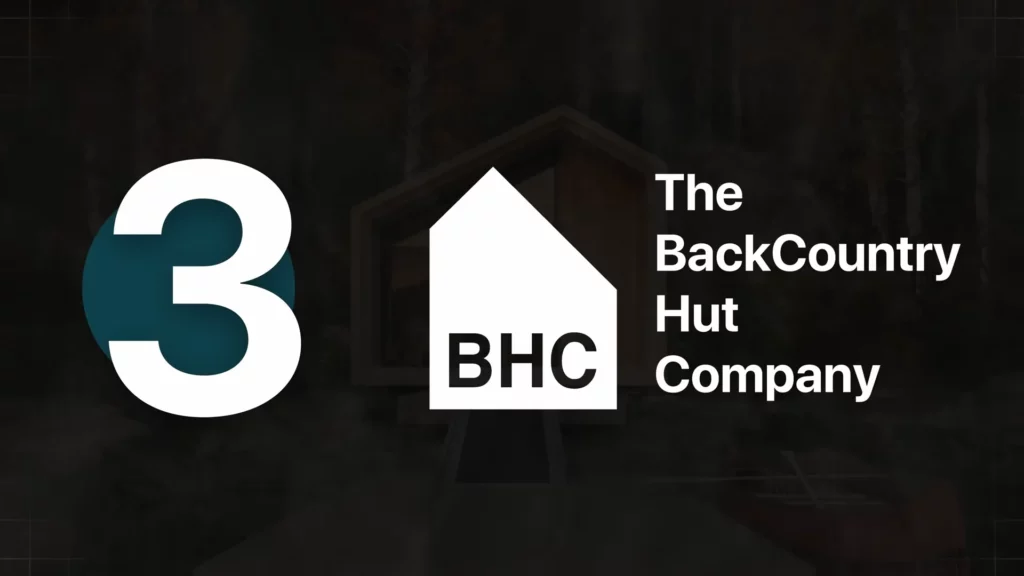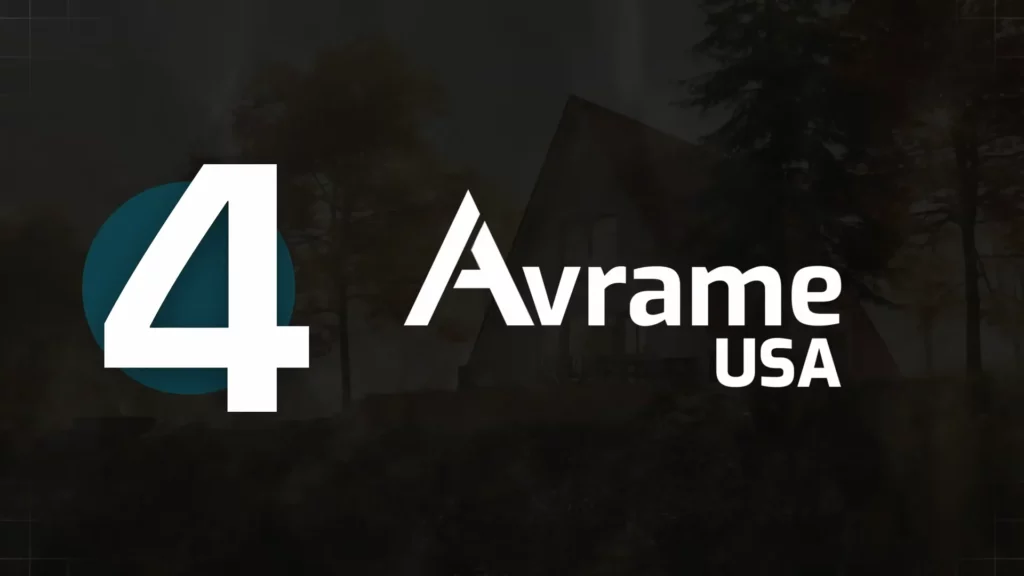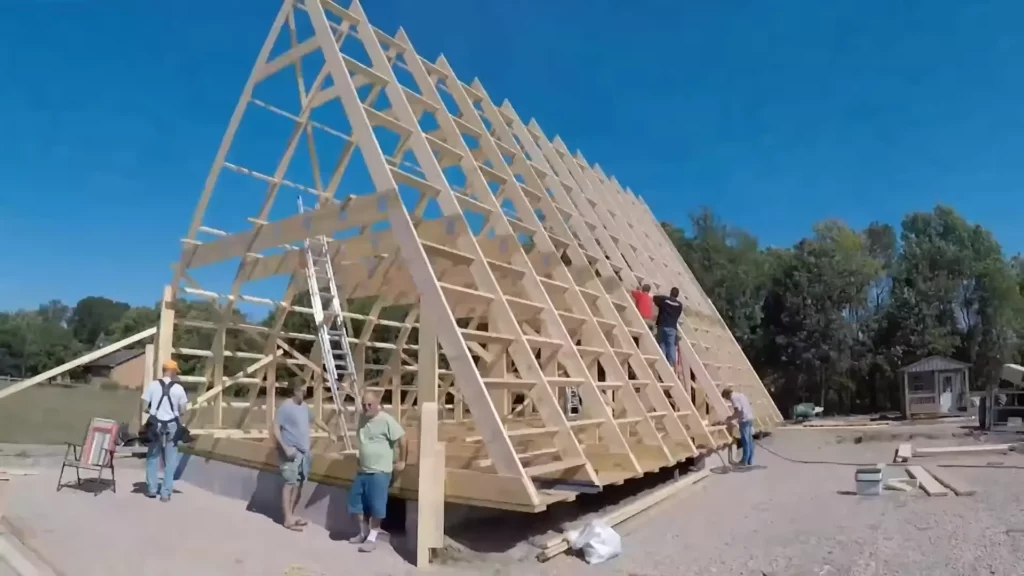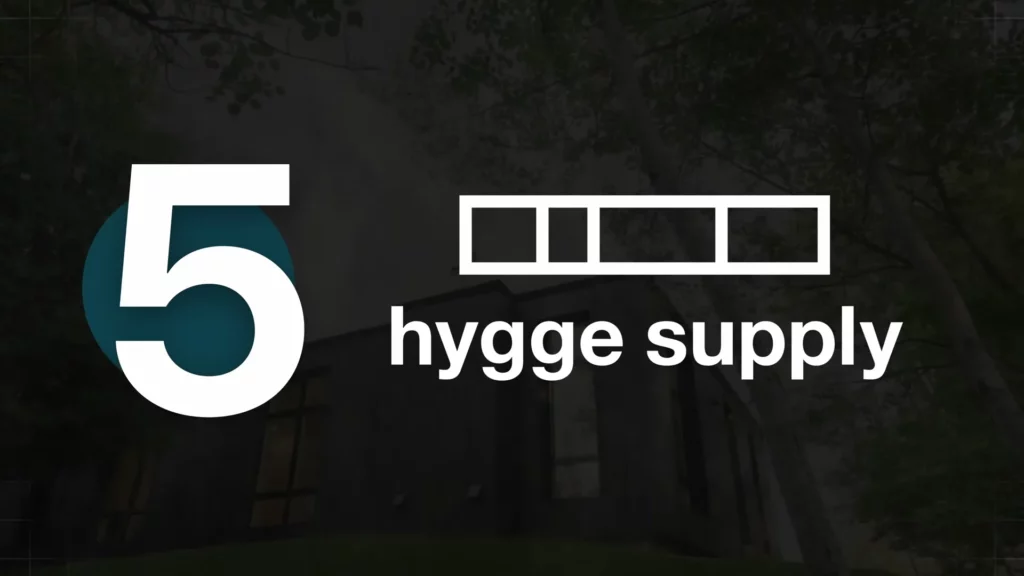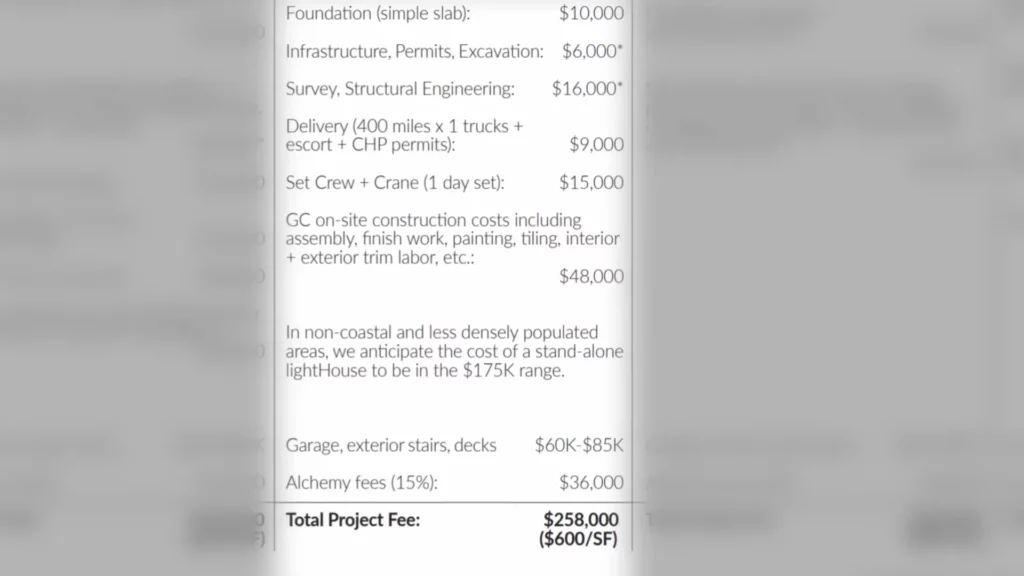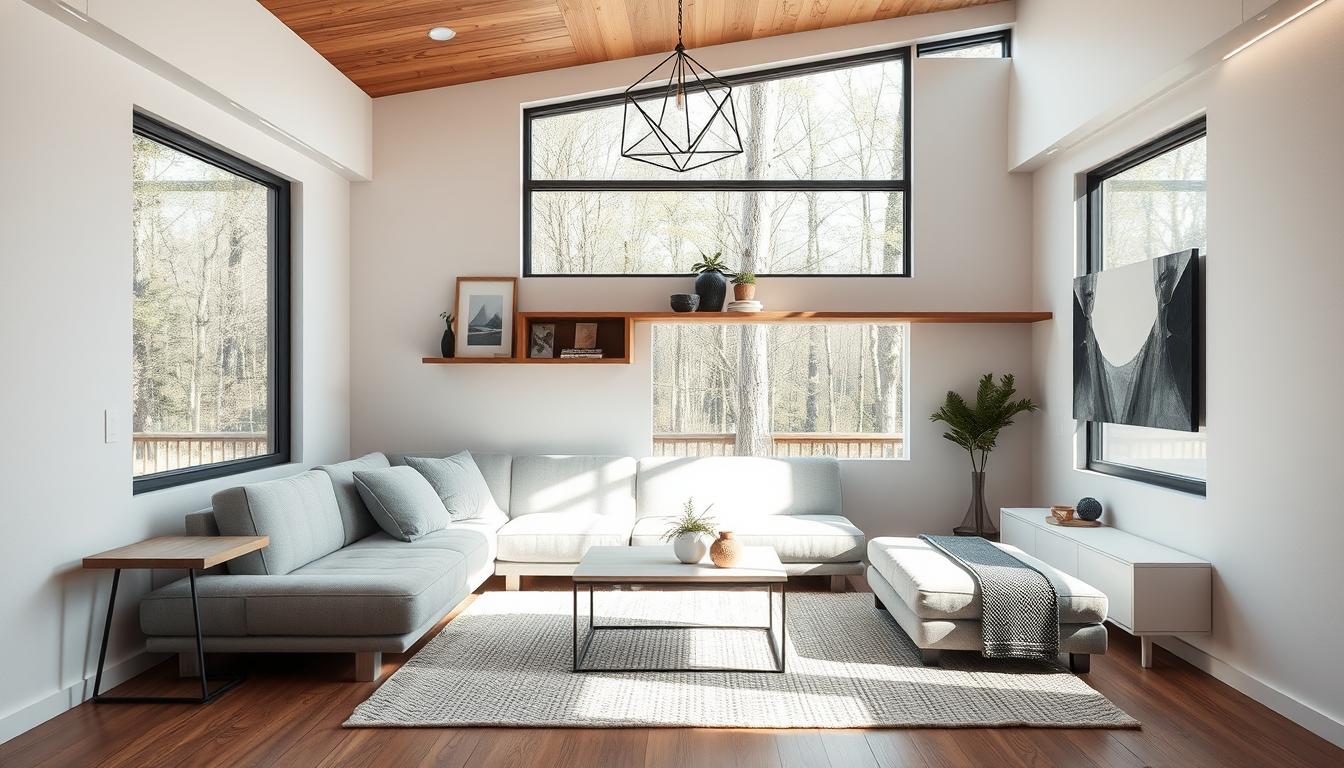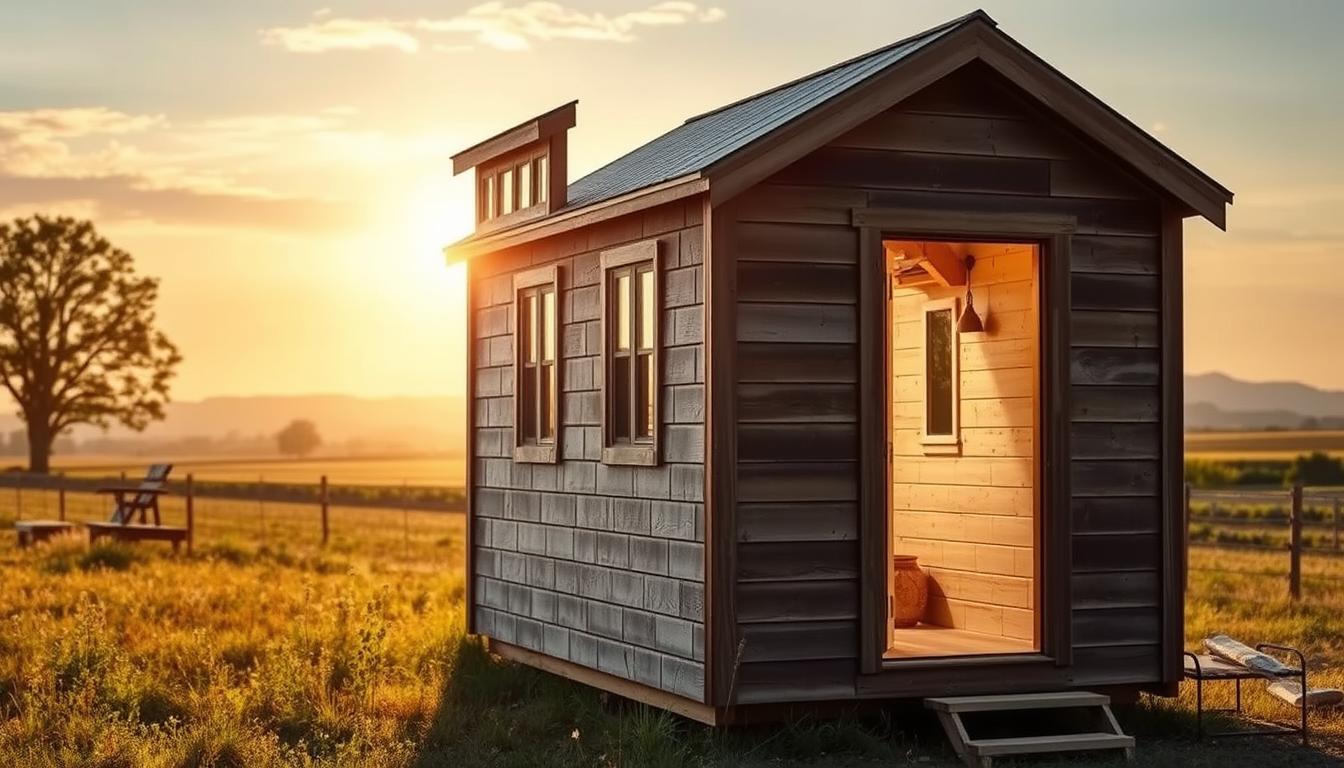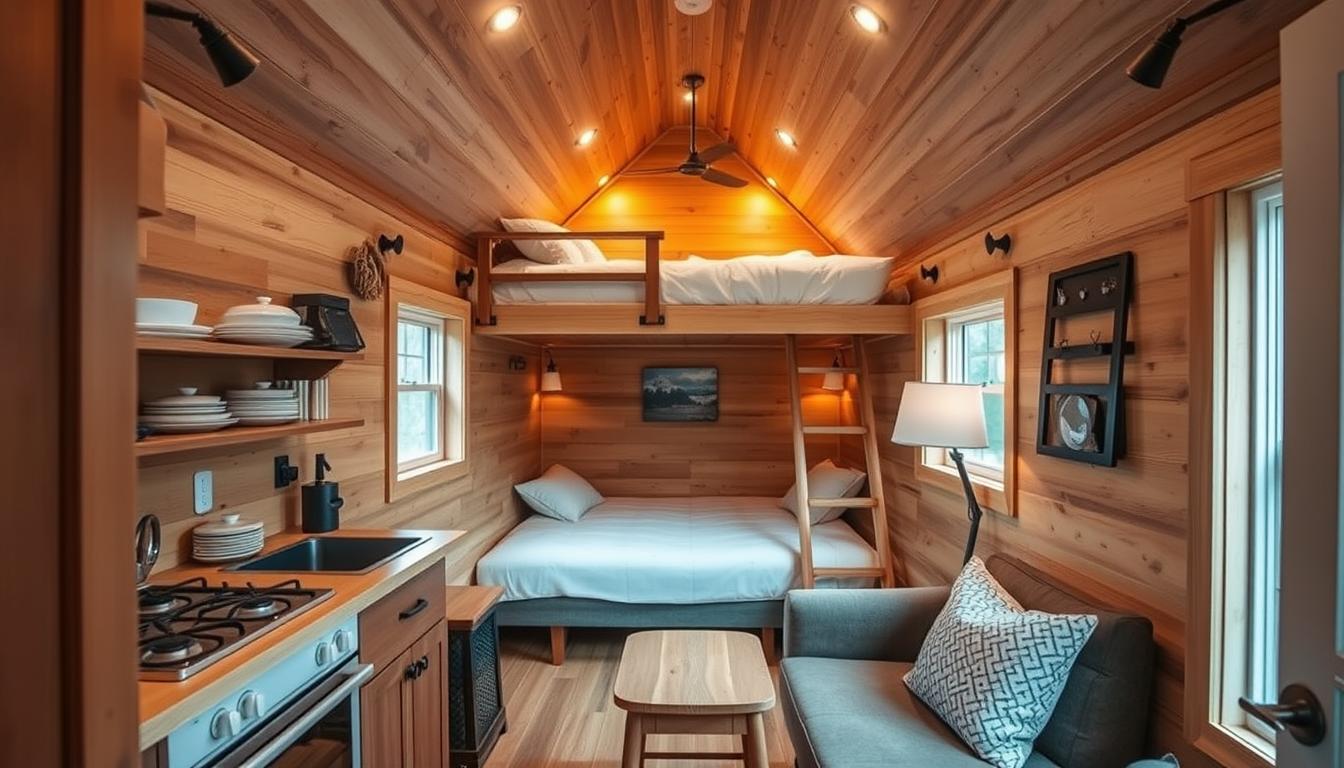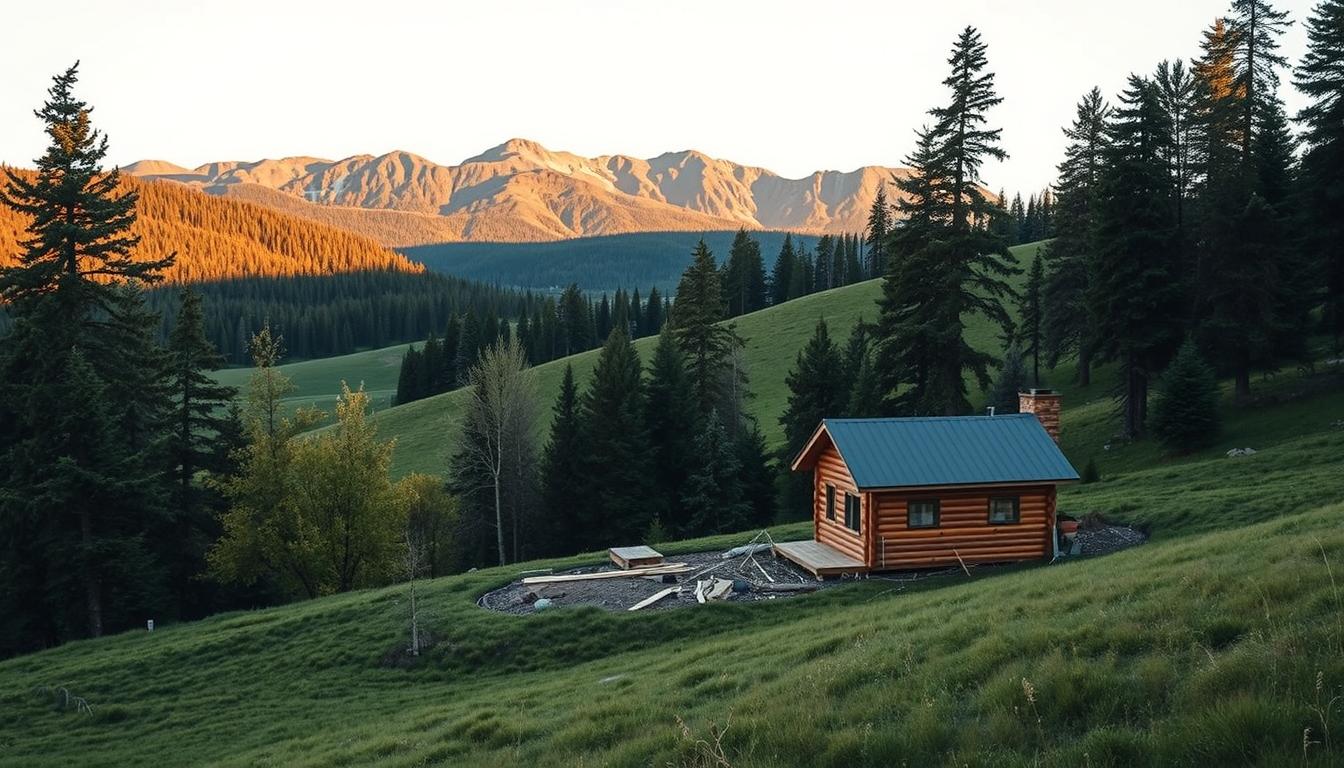Get ready for a thrilling journey as we unveil the top 5 kit home manufacturers that are revolutionizing the real estate industry and promising high returns on investment (ROI)! These prefab and kit homes are not just stylish and unique, but also easy to build, making them perfect for those looking to invest in real estate. So, let’s dive in and explore these amazing home manufacturers!
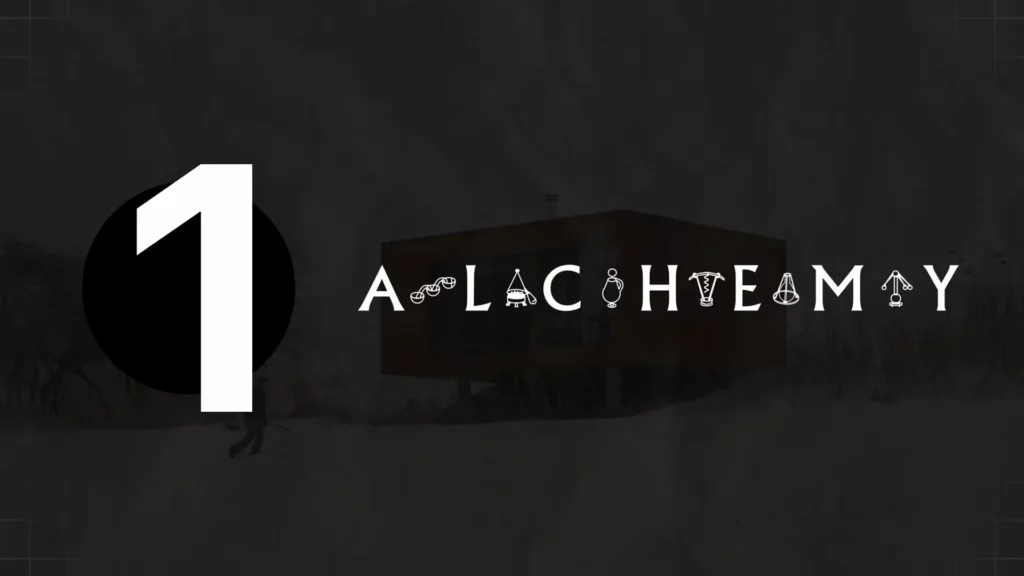
1. Alchemy Architects
The Game-Changing WeeHouse
Alchemy Architects is a fantastic home builder based in Minnesota, specializing in prefab and modular homes that can be delivered anywhere in the US. Their claim to fame is the WeeHouse, a rectangular design that can be customized in numerous ways.
Customization and Energy Efficiency
What sets Alchemy apart is their commitment to customization and energy efficiency. Their WeeHouses can be stacked together in various configurations and even work on tricky sites like steep slopes. Plus, the designs make use of sunlight, reflective rubber roofing, and vented roof spaces to keep the temperature stable inside.
Pricing and Design Options
With Alchemy, you can choose from three different styles: the Lighthouse (a fancy ADU), the Barnhouse (a trendy ranch-style space), and the WeeHouse (completely customizable). Pricing per section starts at around $118,000, and the total approximate build cost is about $258,000.
2. Everywhere Shelter Company
Modern and Stylish Prefab Homes
Everywhere Shelter Company offers a range of sizes and models to choose from, with their A-frame Plus Home being a standout option. This 2,359-square-foot cabin includes three bedrooms and two baths, and the company’s online application makes managing the entire home building process a breeze.

Pricing and Customization
The A-frame Tiny model is particularly attractive, with a spacious 859-square-foot home and two massive decks. Pricing ranges from $194,000 to $387,000, depending on customization.
3. Backcountry Hut
Chic Cabin Vibes and Sustainability
Backcountry Hut, a Vancouver-based company, offers modern, sustainable ADUs with chic cabin vibes. They provide a range of sizes, from a cozy 107 square feet to a spacious 1,525 square feet, and their ADUs are built in a factory and shipped to your build site.
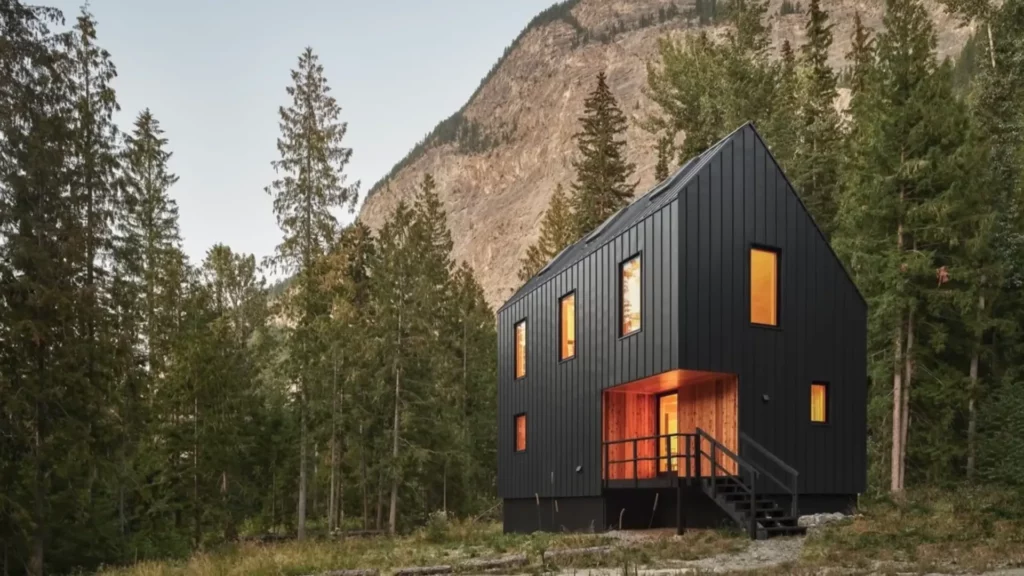
Pricing and Assembly Options
Backcountry Hut’s prices start at around $33,000 US, with the two-module System One (542 square feet) being a popular choice at $135,000. Assembly options include DIY or hiring a general contractor or third-party builder.
4. Avrame USA
Unique A-Frame Design Style
Avrame USA is the American offshoot of European kit home builder A-Frame. They offer truly unique A-frame designs, with pre-cut pieces for assembly on-site. Their largest model is a relatively modest 1,500 square feet, but the customization options and DIY approach make them a great option for those looking for an affordable and distinct home.

Pricing and Customization
Avrame USA’s prices start at around $79,000 for the 350 Pods model, while the 650 Loft model is priced at $195,000.
5. Higge Supply
Modern and Cozy Scandinavian Vibes
Higge Supply offers kit homes with everything you need from framing to finish. Their designs are modern and cozy, with major Scandinavian vibes. Two models worth considering are the 350 Pods or the 650 Loft, priced at $79,000 and $195,000, respectively.

Now that we’ve introduced you to these incredible kit home manufacturers, it’s time to take the plunge and invest in a high-ROI home that’s stylish, unique, and easy to build. Get ready to make your real estate dreams come true with these prefab and kit homes!
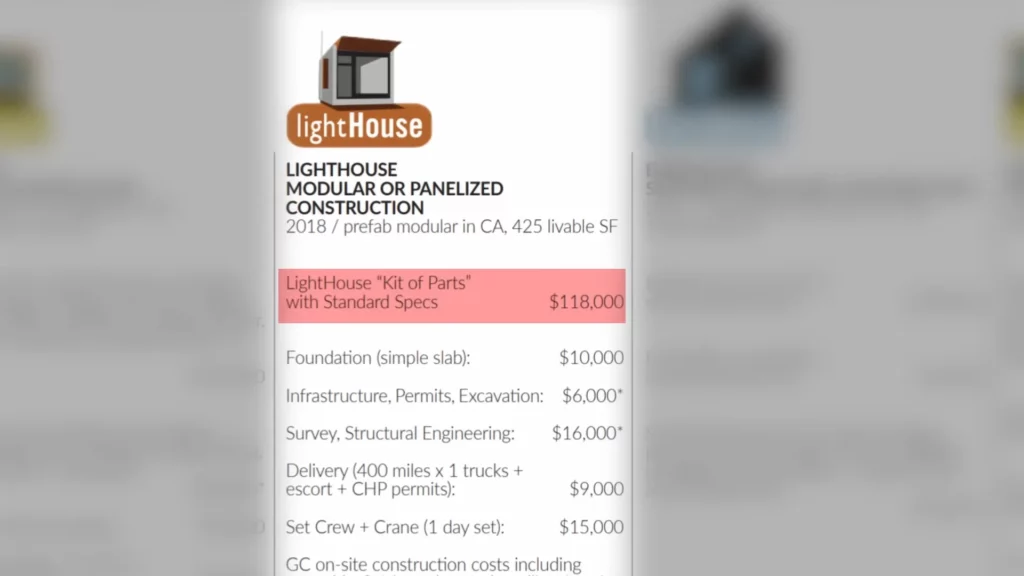
Exploring Financing Options For Kit Homes
Now that you’re all set on choosing your dream kit home, it’s essential to explore the various financing options available, ensuring a smooth investment process. Don’t worry; we’ve got you covered! Here’s a comprehensive guide to financing your kit home.
1. Manufacturer Financing
Some prefab home manufacturers offer financing themselves. Before committing to a manufacturer, check if they provide financing options to make your investment process smoother.
2. Bank Loans
You can access the same type of bank loan products as anyone else, such as a one-time close construction loan from your local, regional, or national bank. The key criteria to meet include having a permitted home, an approved structural engineering stamp, and a licensed and bonded builder signed off on the project.
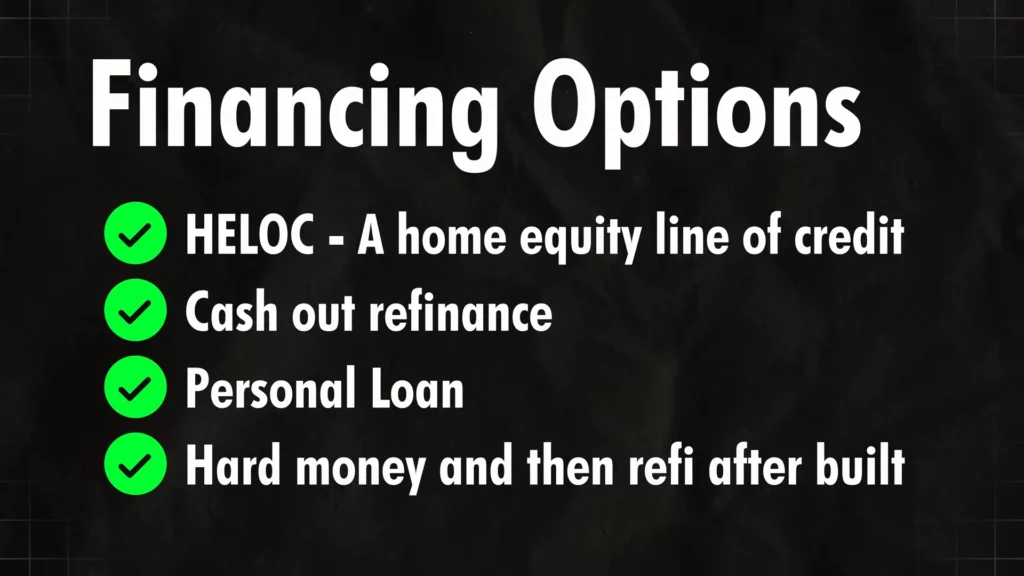
3. Alternative Financing Options
If traditional bank loans don’t suit your needs, consider the following alternative financing options:
- HELOC (Home Equity Line of Credit): Borrow against the equity in your existing home.
- Cash-out Refinance: Refinance your existing home or properties to access additional funds.
- Personal Loans: Obtain a personal loan to finance your kit home.
- Hard Money Loans: Use hard money loans for the initial construction and refinance after completing the build.
4. Non-Conventional Financing Methods
Don’t be afraid to explore non-conventional financing methods, such as partnering with friends, family, or other investors, to fund your kit home project.
The Advantages Of Kit Homes
Now, you might be wondering, “Are kit homes cheaper than traditional homes?” In many cases, especially in or near cities, building from the ground up might be less expensive. However, kit homes offer several advantages that make them an attractive investment option:
- Ideal for Rural Areas: Kit homes are perfect for rural areas with labor shortages or limited access to building materials and crews.
- Better Construction Quality: Prefab and kit homes are constructed in controlled environments, ensuring higher quality and more consistent work.
- Designed by Top Architects: Kit homes come with existing plans designed by skilled architects, saving you time and money.
- Faster Construction Time: Compared to traditional homes, kit homes can be completed much faster, with some shells and exteriors being completed within hours or a few weeks.
With these advantages in mind, kit homes are an excellent choice for those looking to invest in real estate and generate high returns on investment. So, gear up and get ready to embark on a rewarding journey with these innovative and stylish kit homes!
Understanding The Costs Involved In Building A Kit Home
To make an informed decision about investing in a kit home, it’s crucial to be aware of the various costs involved in the process. Here’s a breakdown of the expenses you can expect when building a kit home:
1. Land Costs
Purchasing a suitable plot of land for your kit home is the first step. Land costs will vary depending on the location, size, and accessibility of the property. Make sure to consider factors like proximity to utilities, local regulations, and potential resale value when choosing your land.
2. Permitting Fees
Acquiring the necessary permits and approvals from local authorities is an essential part of the building process. Permitting fees will vary depending on your location and the specific requirements of your project.
3. Site Preparation Costs
Site preparation includes site assessment, excavation, utilities, and foundation work. These expenses will depend on the complexity of your project, the local labor market, and any unique site conditions.
4. Home Costs
The cost of the kit home itself, including the modules, panels, and other components, will depend on the manufacturer and the level of customization you choose. Make sure to account for any additional expenses, such as shipping and delivery fees.
5. Builder and Installation Costs
Hiring a builder or general contractor to assemble and install your kit home on-site is a significant expense. Costs will vary depending on the size and complexity of your project, as well as local labor rates. Some kit home manufacturers offer assembly and installation services, while others require you to hire a third-party builder.
6. Interior and Exterior Finishing Costs
Finishing costs include flooring, cabinetry, countertops, fixtures, appliances, and any other finishing touches to make your kit home move-in ready. These expenses will depend on your personal preferences and the level of customization you choose.
7. Landscaping and Outdoor Living Costs
Don’t forget to budget for landscaping and outdoor living spaces, such as decks, patios, and gardens. These costs will vary depending on the size and complexity of your outdoor areas, as well as local labor rates and material costs.
By considering all these costs, you can make an informed decision about investing in a kit home and ensure a smooth, successful project. With careful planning and budgeting, you can create a beautiful, high-ROI kit home that meets your unique needs and preferences. So, go ahead and take the plunge into the exciting world of kit homes and enjoy the rewards of your investment!
